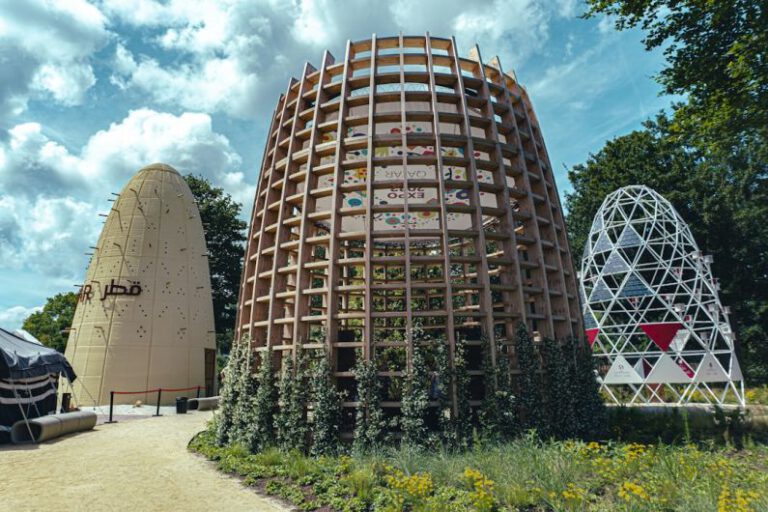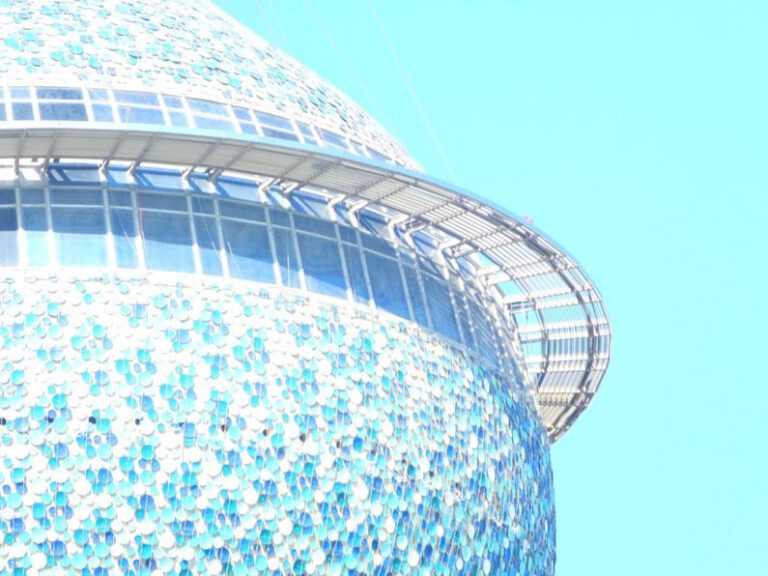Artificial Islands: Shaping Earth’s Geography for the Future
In a world where land is a limited resource and population growth is rapidly increasing, the concept of artificial islands has emerged as a solution to the challenges of urban development and sustainability. These man-made structures are reshaping the way we interact with our environment, offering new possibilities for living, working, and leisure. From Dubai’s iconic Palm Jumeirah to the ambitious plans for floating cities, artificial islands are transforming the way we think about land use and expanding our horizons in ways we never thought possible.
The Rise of Artificial Islands
The idea of creating artificial islands is not new, with historical examples dating back to ancient civilizations such as the Aztecs and the Romans. However, in recent decades, technological advancements have made it possible to build larger and more complex structures, leading to a surge in artificial island projects around the world. These man-made land masses are typically constructed using a variety of materials, including sand, rock, and concrete, and are designed to mimic natural landforms such as atolls, archipelagos, or even entire cities.
Urban Expansion and Population Growth
One of the main drivers behind the creation of artificial islands is the need for additional space in densely populated urban areas. As cities continue to grow, the demand for housing, commercial space, and infrastructure has outstripped the available land, leading to a scarcity of real estate and soaring property prices. Artificial islands offer a way to reclaim land from the sea and create new opportunities for development, providing a solution to the challenges of urban expansion and accommodating the needs of a growing population.
Environmental Considerations
While artificial islands hold great promise for addressing urbanization and land scarcity, they also raise concerns about their environmental impact. The construction of these structures can disrupt marine ecosystems, alter coastal processes, and contribute to habitat loss for marine species. Additionally, rising sea levels and the increased frequency of extreme weather events due to climate change pose a threat to the long-term viability of artificial islands. As such, it is essential for developers to consider the environmental implications of these projects and adopt sustainable practices to mitigate their impact on the surrounding ecosystem.
Innovative Designs and Architectural Marvels
Despite these challenges, artificial islands continue to capture the imagination of designers, architects, and urban planners, who are pushing the boundaries of what is possible in terms of innovation and creativity. From floating cities that harness renewable energy sources to self-sustaining communities that prioritize environmental stewardship, the potential applications of artificial islands are as diverse as they are awe-inspiring. These man-made land masses are not just practical solutions to urbanization but also serve as testaments to human ingenuity and our ability to shape the world around us.
The Future of Artificial Islands
As we look to the future, artificial islands are poised to play an increasingly important role in shaping the Earth’s geography and redefining our relationship with the environment. With advancements in technology, sustainability, and design, these man-made structures have the potential to revolutionize the way we live, work, and play, offering new opportunities for innovation and growth. Whether used to create new urban centers, protect coastlines from erosion, or provide sanctuary for biodiversity, artificial islands are paving the way for a more resilient and sustainable future. By harnessing the power of human creativity and resourcefulness, we can continue to shape the Earth’s geography for generations to come.






